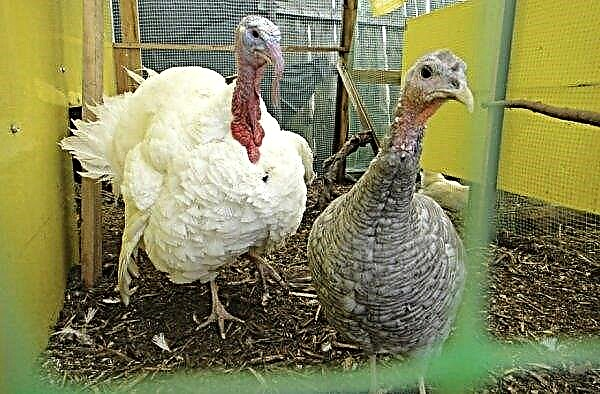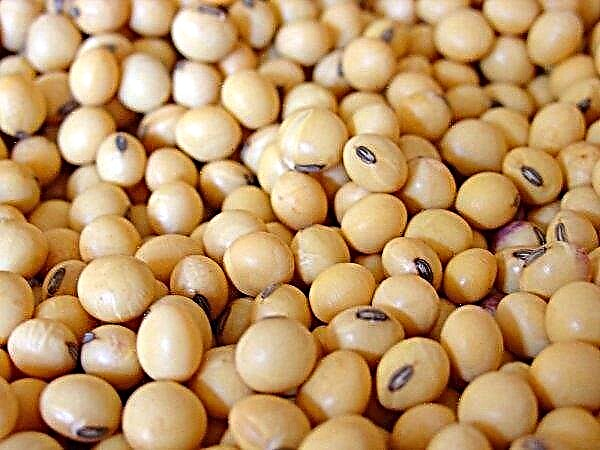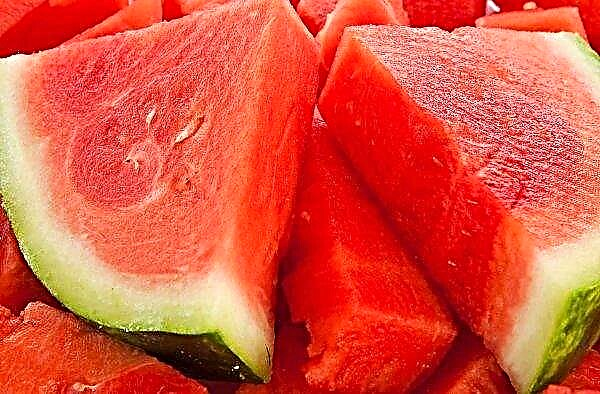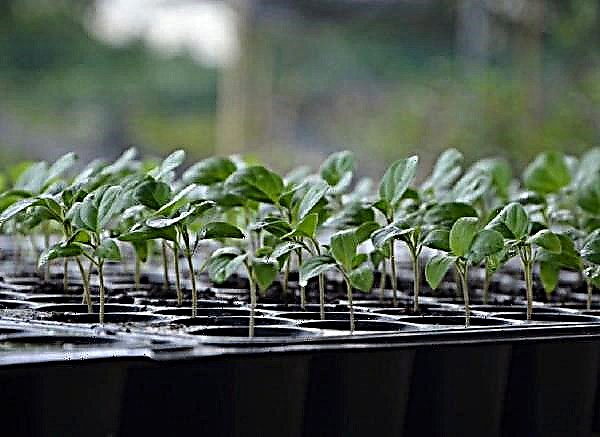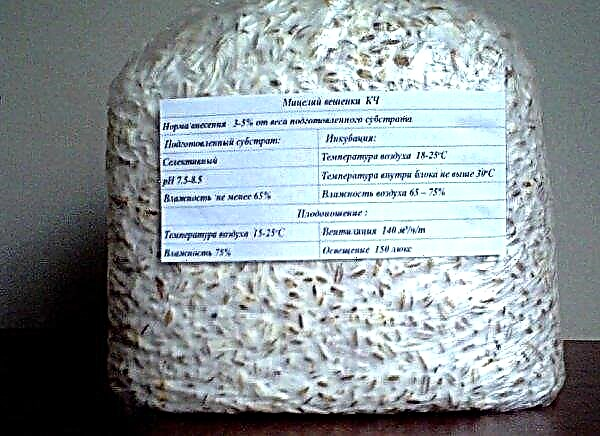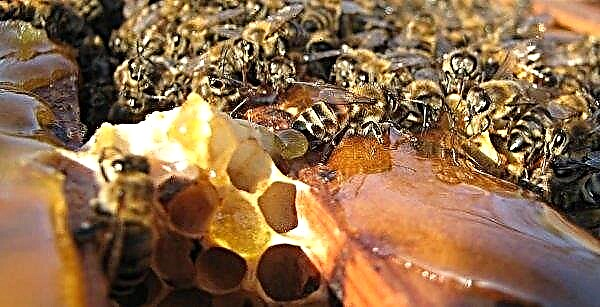Wheat is one of the most common crops on the planet. Its ability to grow in a variety of climatic conditions is explained by the variety of varieties with "suitable" characteristics. Not the least role is played by the short vegetative period of the plant.
What determines the duration of the growing season
The growing season is the time of development and active growth of the plant. It starts with seed germination and ends with the full development of the vegetative organs (ripening). The assumption that the beginning of the growing season coincides with the arrival of spring and lasts until the fall of cold weather is true not for every plant species. Many factors influence the date of sowing wheat, the duration of the ripening process and the time of harvest.
Among them are:
- variety;
- temperature indicators and their fluctuations;
- amount of precipitation;
- daylight hours
- geographical and weather conditions.
Differences in the growth of spring and winter wheat
To obtain a good grain crop, it is important to know what natural phenomena and to what extent affect the growth and development of a particular variety.
Did you know? Among the Slavs, wheat grains symbolized wealth and vitality, and also protected from evil eye and damage.
All numerous varieties of wheat form two main types:
They differ primarily in the time of sowing and the duration of the growing season. Spring sowing takes place in early spring, and already in the fall it is necessary to harvest, i.e. the vegetation period proceeds within the framework of one spring-summer season and is 85–115 days. Winter wheat is sown in late summer or early fall, as soon as the previous crop is harvested. Thus, seedlings appear in the autumn period of the same year, and their development resumes after wintering - in the spring of next year and lasts 275-350 days.
Important! As a rule, the yield of winter varieties is higher, but this statement is true only for regions with snowy winters and a mild climate. Without high snow cover, cereals will freeze.
Other growth differences are as follows:
- Winter wheat is more resistant to sudden changes in weather conditions and temperature changes.
- Spring crops are more drought-resistant and absorb nutrients more intensively.
- Winter varieties are more demanding on the composition of the soil.
Wheat development phases
Starting to grow, subsequently, crops go through certain stages of development, which determine the quantitative and qualitative characteristics of the crop. The stages of wheat growth are as follows:
- germination;
- seedlings;
- tillering;
- exit to a tube;
- heading;
- bloom;
- ripening (of varying degrees).
Successful passage of each "section of the path", the speed of formation and fertility of crops directly depend on external influences. Wheat most actively develops if the crop is adequately provided with everything necessary. Equally important is the timely conduct of agricultural activities.
Video: how wheat grows
Germination
From the moment the seed enters the soil with sufficient moisture and suitable temperature indicators, the process of grain swelling begins. Under the action of enzymes, complex water-insoluble organic compounds (proteins, fats, starch) contained in the endosperm are converted to readily soluble and enter the embryo, facilitating its germination. First, the main root appears from the grain. Following it, the membrane and other germinal (primary) underground processes break through.
Did you know? In the Holy Scriptures the Promised Land is called the land of wheat - a cereal (bread) place. Probably due to the abundance of this cereal.
During this period, biological metamorphoses occur in the grain:
- activated "breath" of grains;
- the number of active enzymes increases;
- accumulated nutrients are consumed.
Simultaneously with the deepening of primary roots into the soil in order to absorb water and food, the so-called embryo growth cone begins to grow. During germination, a transparent film (coleoptel), in which the first sheet is located in the form of a scroll, emerges on the soil surface, overcoming its resistance. The film itself, under the influence of sunlight, stops its development, and the folded sheet is released from its shelter, acquiring green tones. Thus, the process of photosynthesis begins, as a result of which the nutrients are formed necessary for the formation of the remaining leaves, which are in their infancy in the growth cone. The optimal conditions for a “friendly” germination of spring wheat are: soil temperature +12 ... + 15 ° С and humidity within 18–25%. The duration of the phase depends on the depth of sowing, soil characteristics and is 7–25 days. The seeds of winter wheat germinate most actively at rates of +12 ... + 17 ° С. Under these conditions, the whole process takes 7-8 days.
Thus, the process of photosynthesis begins, as a result of which the nutrients are formed necessary for the formation of the remaining leaves, which are in their infancy in the growth cone. The optimal conditions for a “friendly” germination of spring wheat are: soil temperature +12 ... + 15 ° С and humidity within 18–25%. The duration of the phase depends on the depth of sowing, soil characteristics and is 7–25 days. The seeds of winter wheat germinate most actively at rates of +12 ... + 17 ° С. Under these conditions, the whole process takes 7-8 days.
Seedlings
The beginning of the second stage of development coincides with the opening of the first green leaf - occurs about a week after sowing. In order for the emergence of seedlings to occur faster, it is necessary to choose the right time and depth of seed immersion. When three normal leaves appeared, wheat slows its growth in height, because the underground part begins to actively develop, the rooting process is gaining momentum.
The stem shoot forms the nodes from which secondary roots and new shoots are formed. The shoot is transformed into a fundamentally different “dimension” associated with the role in its development of specific substances formed as a result of photosynthesis. The duration of this period for spring and winter varieties under normal conditions is 15–25 days. If winter wheat was sown late enough, the seedling phase may take 3-5 months, given the "winter hibernation". Those. in the autumn, the process was not completed completely (only 1-2 leaves were formed) and continued with the beginning of the growing season in spring.
The duration of this period for spring and winter varieties under normal conditions is 15–25 days. If winter wheat was sown late enough, the seedling phase may take 3-5 months, given the "winter hibernation". Those. in the autumn, the process was not completed completely (only 1-2 leaves were formed) and continued with the beginning of the growing season in spring.
Tillering
A feature of wheat is the ability to cluster. The appearance of sprouts on the sides and nodal roots begins after the opening of at least three or four leaves. The tillering node, which is located at a depth of 3 cm, is vital - if it dies, then the bush will die.
Important! With a decrease in temperature indicators, the tillering speed decreases markedly. At +2 ... + 4 ° С — completely paused.
There are general tillering (the number of stems on one plant) and productive (those stalks that will yield the crop). Favorable conditions for abundant tillering of spring and winter wheat - temperature +13 ... + 18 ° С. In this case, the duration of the process is 11–26 days. For winter varieties there is autumn and spring tillering - it all depends on the sowing time.
Exit to the handset
As soon as the first stem node appears on the main shoot, the aforementioned period starts. Due to the active vegetative growth and the formation of leaves, the plant needs the maximum amount of water and nutrients. Their insufficient number will significantly reduce yield indicators. For winter wheat, this phase begins about a month after spring awakening and takes about four weeks. Cool air and lack of sunlight negatively affect grain growth. The output period for spring culture lasts a little over a month.
For winter wheat, this phase begins about a month after spring awakening and takes about four weeks. Cool air and lack of sunlight negatively affect grain growth. The output period for spring culture lasts a little over a month.
Heading
Earing is associated with the emergence of an ear from the vagina of the upper leaf, the active development of the stem and the complete formation of reproductive organs are noted. Maximum growth rates ensure timely watering and fertilizing.
Did you know? In Russia, the sowing of bread was called the word "abundance", which over time began to symbolize wealth and even wealth.
The appearance of an ear represents a transition to the final stage of the life cycle - to fruiting. In wheat, this occurs two months after sowing, and lasts about 10 days. For winter crops during this period, fungicide treatment is necessary to protect plants from pests and diseases.
Bloom
Gouging of the ears is replaced by flowering. A sign of the beginning of the period is the disclosure of the flowers of the middle of the ear, gradually spreading up and down. At the first stages of flowering, the stage of grain formation begins (cereals are most often capable of self-pollination). Wheat (spring and winter) begin to bloom 3-5 days after the completion of heading. In cool weather, the waiting period increases to about 10 days. In flowering, which lasts 3-6 days, pronounced morning and evening maxima are observed. In the morning, activity is observed from 7 to 11 hours, and in the evening - from 17 to 22 hours.
Wheat (spring and winter) begin to bloom 3-5 days after the completion of heading. In cool weather, the waiting period increases to about 10 days. In flowering, which lasts 3-6 days, pronounced morning and evening maxima are observed. In the morning, activity is observed from 7 to 11 hours, and in the evening - from 17 to 22 hours.
Maturation
After successfully passing through all the previous stages of development, it is time to form a shell of grain from the walls of the ovary. The growth of the stem, foliage and root system by this time practically ceases, therefore all useful components are directed only to the grain.
Important! You can not hesitate in harvesting, so that the ripe grain does not crumble.
There are several degrees of ripening of grain:
- dairy;
- wax;
- complete.
The primary formation of spring wheat grain takes 8–18 days (winter - 12–16). There comes a period of milk ripeness, when the grain is already of normal size, but still green, similar in consistency to milk. The moisture content in it is about 50%. After about two weeks, the second phase begins - the wax phase, when the grain loses its green color and turns yellow. The moisture content of the grain itself is at 25%, but the water continues to evaporate. With full ripeness, the moisture content of the grain does not exceed 15%. It hardens and “breaks the bonds” with the mother plant. The stalk dries and loses its leaves.
After about two weeks, the second phase begins - the wax phase, when the grain loses its green color and turns yellow. The moisture content of the grain itself is at 25%, but the water continues to evaporate. With full ripeness, the moisture content of the grain does not exceed 15%. It hardens and “breaks the bonds” with the mother plant. The stalk dries and loses its leaves.
Knowing the timing and characteristics of the course of all stages of the development of a valuable cereal crop - wheat, it is possible to competently and rationally approach the implementation of agrotechnical measures, and this, in turn, will fully rely on a good harvest.


